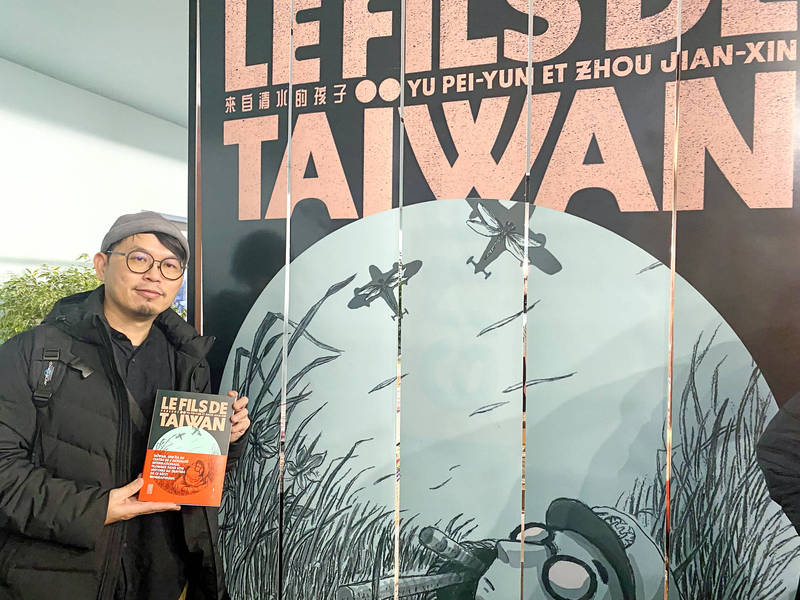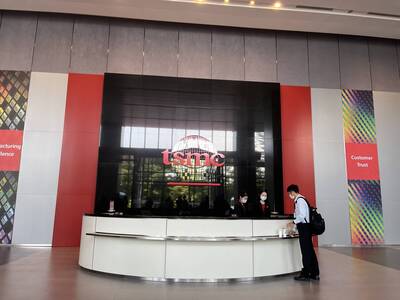《TAIPEI TIMES》 Tsai Kun-lin novel a link to history

White Terror era survivor Tsai Kun-lin, seated left, speaks to young baseball players in Taitung County on Aug. 18 last year. Photo: CNA
By Judy Tseng and James Lo / Staff writer, with CNA
Tsai Kun-lin’s (蔡焜霖) life was upended in 1950. Working overtime as a civil servant, he was suddenly taken to a jail, where he was wired up to a machine and electrocuted until he gave up the names of so-called “co-conspirators.”
His supposed crime was joining a “left-leaning” reading club in high school out of a love of literature and academic study.
Tsai, born in Taichung in December 1930, is one of a handful of people still alive who were subjected to political persecution in the White Terror era from 1949 to 1987, when the then-Chinese Nationalist Party (KMT) government had imposed martial law.
He endured torture and years of imprisonment at a “labor reform” camp on Green Island (綠島) after he was found guilty of “rebellion and treason.”
Aged 92, he is a living witness to Taiwan’s evolution from authoritarianism into a “full democracy,” a description the Economist Intelligence Unit bestowed upon the nation in its Democracy Index for last year.
Tsai’s and Taiwan’s hard-fought road to freedom were documented in Son of Formosa (來自清水的孩子), a four-book Chinese-language graphic novel, the French version of which attracted local readers at the Angouleme International Comics Festival in France in January.
The graphic novel was authored by Taiwanese writer Yu Pei-yun (游珮芸) and illustrator Zhou Jian-xin (周見信).
Yu compiled interviews with Tsai into a linear narrative with Slowork Publishing to deliver what became Tsai’s biography and a “Taiwanese history textbook.”
Tsai’s life was chosen as the focus in the retelling of Taiwan’s Martial Law era because of his experiences and intimate connection to that time in the Republic of China’s history.
Slowork Publishing president and editor Huang Pei-shan (黃珮珊) said that her company was inspired to publish the graphic novel after receiving countless inquiries at international comic book fairs about illustrated works on Taiwan’s history.
Framing the story was a challenge, Zhou said.
Early in the post-martial law period, people still refrained from talking about the White Terror era, he said, adding that even in movies for some time after, filmmakers generally avoided addressing the topic head-on.
“If we present history in an accusatory and critical manner, it may weigh too heavily on readers,” he said. “It could limit how far the story will reach, so we decided to start the narrative with a lighter tone and focus on stories about a boy before slowly diving into Taiwan’s history.”
The team behind Son of Formosa studied graphic novels that dealt with trauma and history, such as US graphic novel Maus and Japanese manga In This Corner of the World, both of which focused on World War II.
It found that those works told tragedies from “positive and humane” perspectives, Zhou said.
While the majority of Son of Formosa centers around the atrocities committed by the then-KMT government, the graphic novel was unbiased, covering the physical insurgency initiated by the people rooted in Taiwan historically against troops that arrived from China.
The heaviest part of Yu and Zhou’s graphic novel centered on how people survived adversity and traveled different paths in life, Zhou said.
“We hope our work can serve as a ‘presentation’ that introduces the perspective and background of each character against the backdrop of history, so readers can draw their own conclusions,” he said.
For example, the figures of authority — those who commit torture in the books — were depicted as either faceless or silhouettes, Zhou said.
“We did not want to simply create two-dimensional villains,” he said. “We wanted to get the readers to think, to ponder what those faceless figures represent. They could mean power, selfishness or even regular people forced to commit atrocities by authorities.”
In addition to Tsai’s past, Son of Formosa tells stories of other people persecuted during the White Terror, including Malaysian-born Taiwanese human rights advocate Chin Him-san (陳欽生).
Chin, who was born in 1949, was imprisoned for 12 years after being accused of involvement in the bombing of the US Information Service in Tainan in 1971.
During his incarceration, when he was held incommunicado, his illiterate mother could find no information about him. She had his name engraved onto a memorial tablet and placed at the alter of his ancestors.
Chin had his sentence overturned in 2019, an act that he said was superfluous, because he was “innocent all along.”
The graphic novel also depicts the murder in Taipei of the mother and seven-year-old twin daughters of former Democratic Progressive Party chairman Lin I-hsiung (林義雄) in 1980, and the self-immolation of publisher Deng Nan-jung (鄭南榕) in 1989 as an act of defiance to voice his dream for Taiwan to have freedom of speech.
It also touches on figures such as Carnegie Mellon University assistant professor of mathematics Chen Wen-chen (陳文成), a supporter of Taiwanese independence whose death in 1981 remains unsolved today.
Former “president Lee Teng-hui’s (李登輝) democratic reforms inspired me and that is what is important, not revolution, but rather peaceful reform,” Tsai said in the book.
The graphic novel has been translated into six other languages — English, Korean, Arabic, German, French and Japanese — with the Japanese version the most popular.
新聞來源:TAIPEI TIMES

Illustrator Zhou Jian-xin holds a French-language copy of his graphic novel Son of Formosa at the Angouleme International Comics Festival in France on Jan. 26. Photo: CNA

















